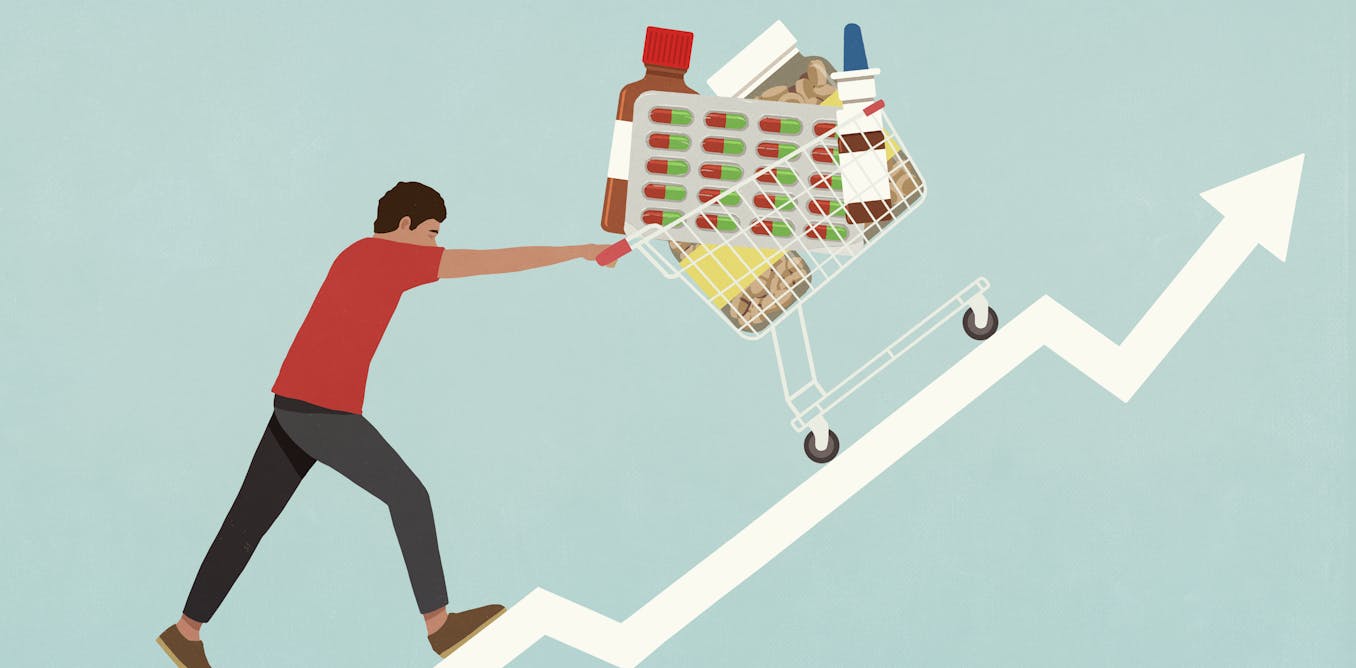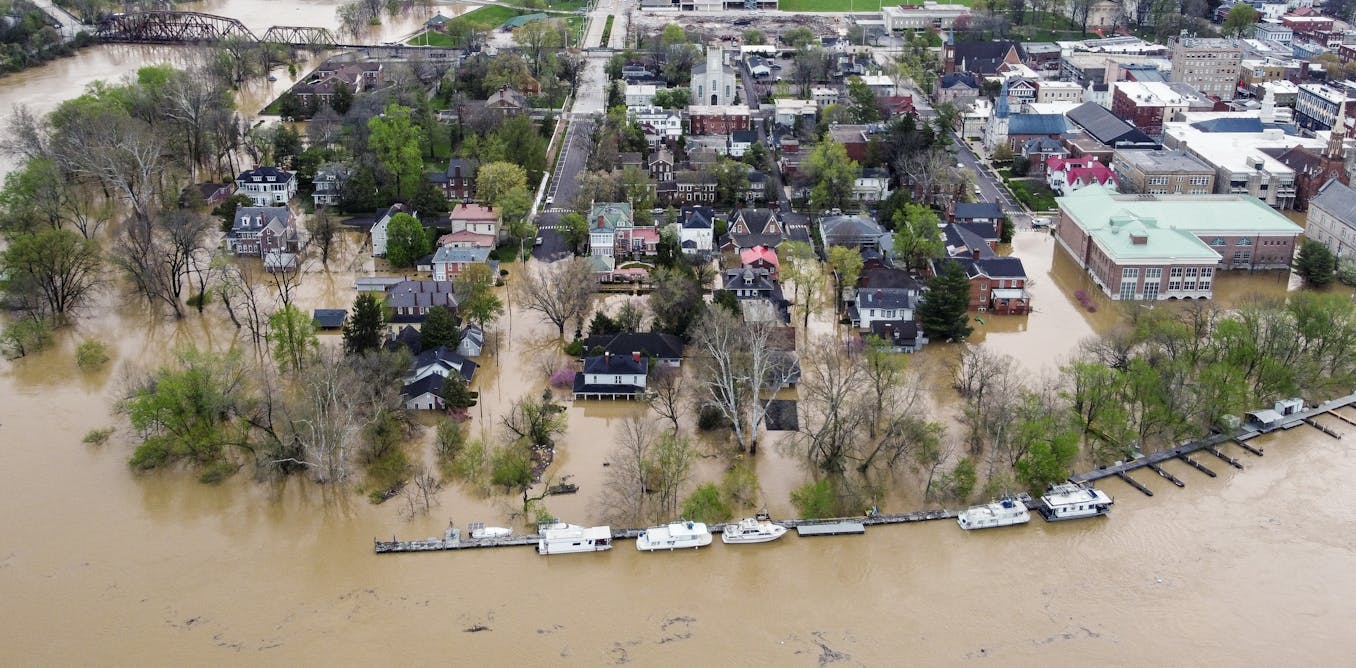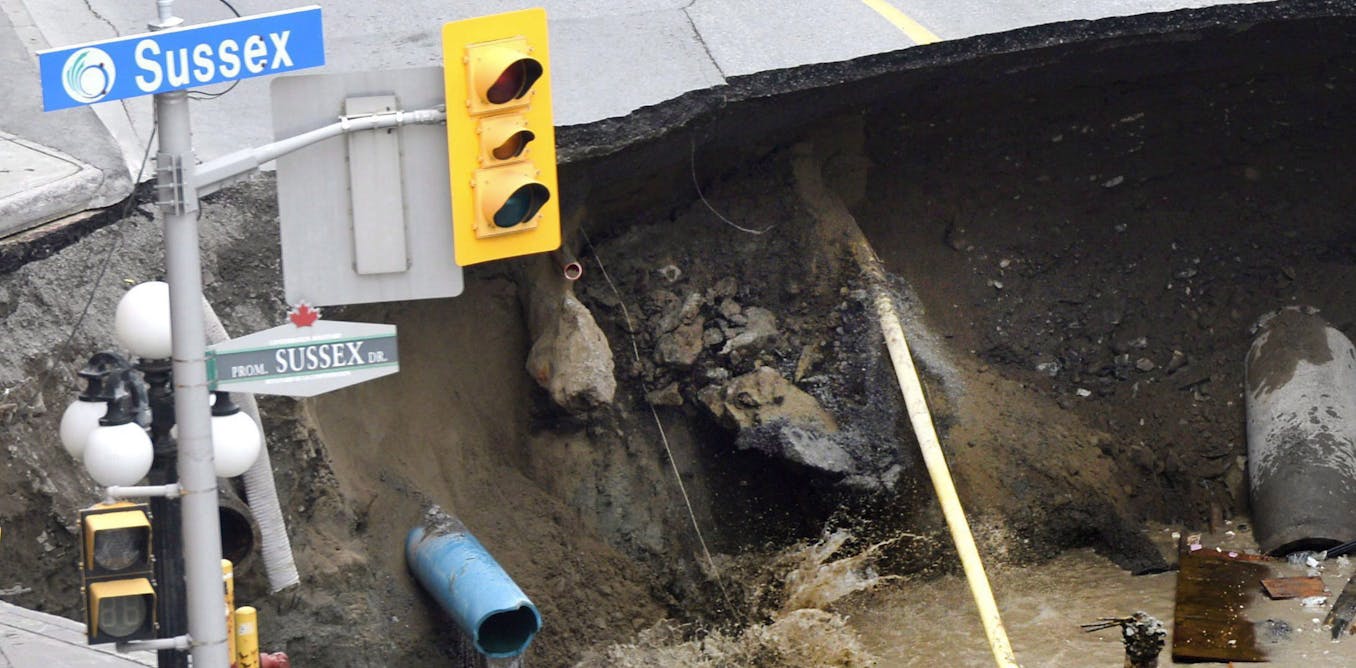A greener future requires, in part, more large-scale energy storage systems. The most common system is pumped-storage hydropower, in which excess energy is stored by pumping water to a higher elevation and releasing it to drive a turbine when energy demand rises. Pumped storage currently accounts for 96 percent of utility-scale energy storage in the United States.
But what if pumped storage could be combined with a desalination technology like reverse-osmosis water purification—in which water is pushed through a membrane under pressure to separate out particulates and produce potable water—to get more benefit from the entire system? Researchers from Cornell University recently used machine-learning models to understand how such a system could operate.
The researchers’ models focused on combined pumped-storage hydropower and reverse-osmosis systems that use seawater, because large volumes of water are necessary to make the system practical. In the combined system, the water pumped to a higher elevation for storage can also be fed into the water-purification component, which uses the resulting water pressure for reverse osmosis. A combined system could supply both the electricity and drinking water needed for a coastal community, while saving on the costs needed to build both systems separately.
“There’s a potential for a 16 percent decrease in the break-even time if you do a combined system,” said Maha Haji, assistant professor of engineering at Cornell and one of the study’s authors. “So the sharing of infrastructure can already reduce a number of costs without even considering the operations.”
One of the optimal operating conditions that favored producing more potable water could meet the electricity demands of 1.66 million people and the freshwater demands of 11.6 million people.
Creating an accurate model is important because researchers eventually want to build a real-world demonstration project. Construction would be expensive, so the models can develop the best possible design and optimize its operations before breaking ground.
While the pumped-storage component is relatively straightforward to model, modeling reverse osmosis is much more challenging. In pumped-storage hydropower, the energy output is simply dependent on the turbine efficiency. But many factors determine the potable water output of a reverse-osmosis system, including the pressure, flow rate, water salinity, and type of reverse-osmosis membranes that are used.
Existing techniques for modeling reverse osmosis don’t capture the full complexity, Haji said. To get better results, researchers used a blend of existing models and learning from experimental data with different reverse-osmosis membranes. Haji and graduate student Matthew Haefner used neural networks, a type of machine-learning technique that can be trained on experimental data, to extract insights from the data. Using this combined method, they were able to calculate the expected output flow rate…
Read full article: Hydropower and Desalination Could Work Better Together

The post “Hydropower and Desalination Could Work Better Together” by Tammy Xu was published on 12/21/2023 by spectrum.ieee.org





































